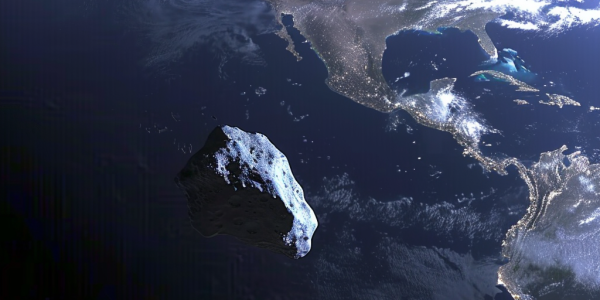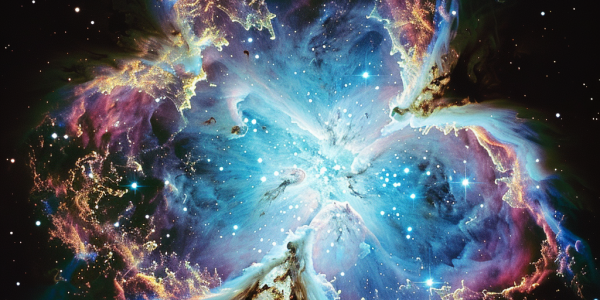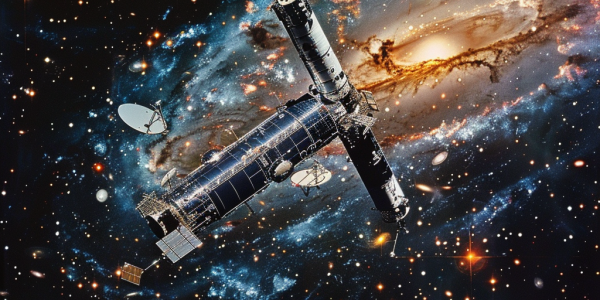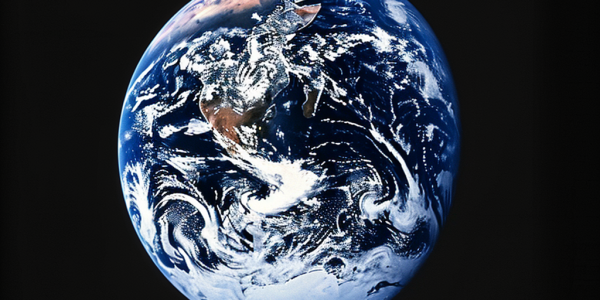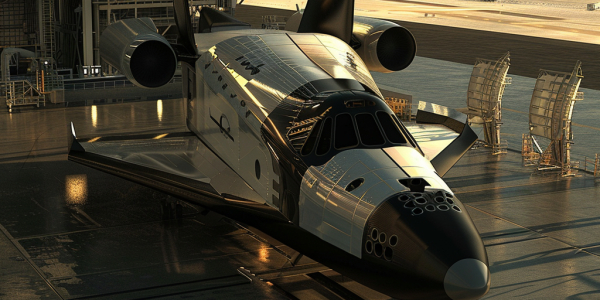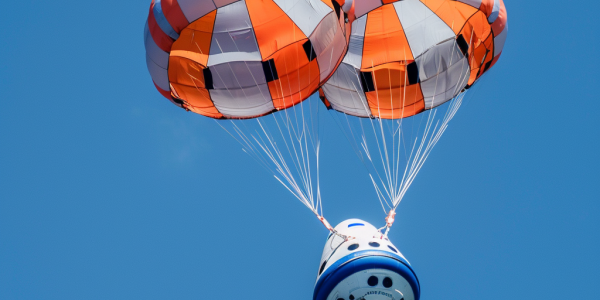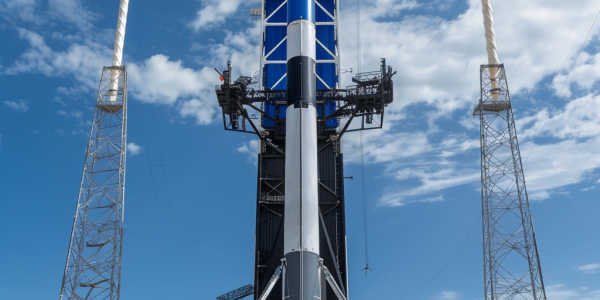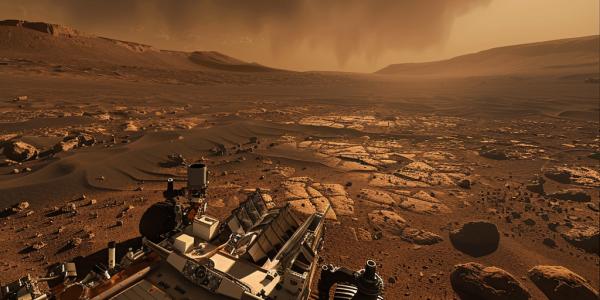NASA Warns of Plane-Sized Asteroid Approaching Earth in 2024
NASA warns of a 98-foot plane-sized asteroid, 2024 LB4, on a trajectory towards Earth, set to make a close approach on June 16, 2024. Despite its size and proximity, NASA assures no immediate threat. Continuous monitoring by the Center for Near-Earth Object Studies highlights the importance of planetary defense efforts and asteroid research. NASA’s Jet Propulsion Laboratory tracks asteroids like 2024 LB4 using advanced telescopes and radar systems to assess potential risks. The close approach in June 2024 underscores the need for ongoing vigilance in monitoring asteroids and ensuring Earth’s safety.
James Webb and Chandra Telescopes Spot ‘Lighthouse’ Pointed at Earth
Discover how the James Webb Space Telescope and the Chandra X-ray Observatory have combined data to reveal changes in the Crab Nebula’s neutron star, located 6,500 light-years away in the constellation Taurus. Learn how the neutron star, resembling a ‘lighthouse,’ is emitting radiation and producing a shockwave as it rotates 30 times per second.
Hubble Space Telescope Shifts to Single-Gyro Mode for Continued Observations
NASA officials announced a significant operational shift for the Hubble Space Telescope to address issues with aging gyroscopes. By operating the telescope in single-gyro mode, NASA aims to extend its lifespan and prevent disruptions to its observations of the cosmos.
Retired Apollo 8 Astronaut William Anders Dies in Plane Crash
Retired Major General William Anders, the former Apollo 8 astronaut known for the iconic Earthrise photo, tragically passed away in a plane crash. His son mourns the loss, emphasizing Anders’ piloting skills. The crash involved an older-model Beech A45 airplane, with only the pilot on board. Senator Mark Kelly paid tribute to Anders, recognizing his role in reshaping humanity’s view of the planet. Anders’ legacy as a pioneering astronaut and visionary photographer continues to inspire future generations.
Astrophysicist Leads Development of Groundbreaking Space Probe for Gravitational Wave Detection
Learn about the groundbreaking space probe, LISA, being developed by theoretical astrophysicist Sean McWilliams at West Virginia University. Scheduled for launch in 2035, LISA aims to revolutionize our understanding of the universe by detecting and measuring gravitational waves generated by cataclysmic events like black hole collisions and neutron star mergers.
Sierra Space’s Dream Chaser Spacecraft Prepares for Debut Mission
Sierra Space’s futuristic Dream Chaser spacecraft, reminiscent of ‘Star Wars,’ is set to launch in September, aiming to test cargo capabilities before carrying human astronauts. With a unique design allowing for runway landings, the spacecraft represents a major advancement in private spaceflight. Stay tuned as Dream Chaser prepares for its inaugural mission, symbolizing a new era in space exploration.
Blue Origin’s New Shepard Parachute Issue During NS-25 Mission
Blue Origin’s recent New Shepard suborbital flight encountered a parachute issue when one of the three parachutes on the crew capsule failed to fully inflate during the NS-25 mission. Despite this malfunction, the capsule landed safely with the other two parachutes functioning correctly. NASA officials were briefed about the problem, highlighting the importance of transparency and cooperation. Post-flight reviews are ongoing to analyze the parachute incident further.
The Dark Side of Space Exploration: The Challenger Disaster
The Challenger disaster in 1986 exposed the dark side of space exploration, where profit-driven decisions and cost-cutting measures jeopardized astronaut safety. The tragedy highlighted how safety was compromised for financial gain, as contractors prioritized their bottom line over quality and safety standards. Even NASA, the revered space agency, was implicated for allowing external pressures to influence critical risk assessments. The disaster served as a sobering reminder of the dangers of prioritizing financial interests over human lives in the pursuit of space exploration.
Boeing’s Starliner spacecraft set for historic human crew mission to ISS
Boeing’s spacecraft, Starliner, is set to launch to the International Space Station with a human crew for the first time. Despite setbacks and delays, the mission is crucial for Boeing’s reputation and the future of US space exploration. Competition with SpaceX adds further significance to this historic launch.
NASA’s Perseverance Rover Samples Spark Excitement Among Scientists
Excitement abounds among scientists as NASA’s Perseverance Mars rover’s sample tubes reveal potentially groundbreaking material, sparking speculation about ancient microbial life on the Red Planet. The discovery of hydrated silica in a sample named ‘Lefroy Bay’ has researchers hopeful for clues to Mars’ past habitability, emphasizing the importance of bringing these samples back to Earth for further analysis.

